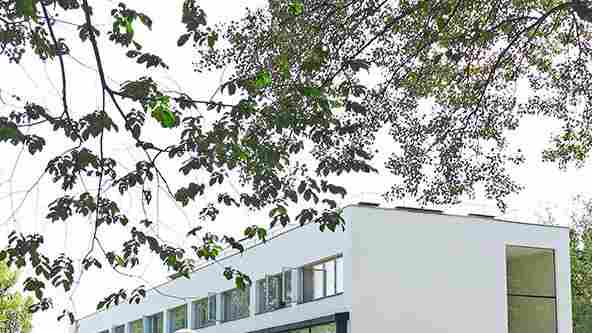When Alvar Aalto’s Vyborg Library was completed in 1935, the land it sat on was Finnish. A few years later, after World War II, Vyborg and the surrounding Karelian region became part of the Soviet Union. Several decades later, in 1991, it became part of the Russian Federation. Despite the changing of hands, a World War, and a decade when it lay abandoned, the structure held up relatively well. The library was rebuilt under the Soviet Union between 1955 and 1962, and a second restoration begun in 1994, which was led by the Finnish Committee for the restoration of Viipuri Library.

The library is considered an early masterpiece of regional modernism, but when Aalto first won the competition to build it in 1927, his drawings were for a very different structure—one immersed in a kind of stripped-down classicism that was prevalent at the time, especially in the works of Swedish master Gunnar Asplund . But then the site for the library changed and Aalto was asked to produce a new set of drawings in October 1933. His solution radically changed.
The architect abandoned classical elements for the clean lines and industrial materials of the International Style while also incorporating contextual solutions for the Finnish landscape. Aalto designed everything, including the building, site plan, interior fixtures, furniture, and lights, and the result was a work that was utterly new and perfectly appropriate.
Click here to tour an example of timeless design without geographical borders.
__ __
